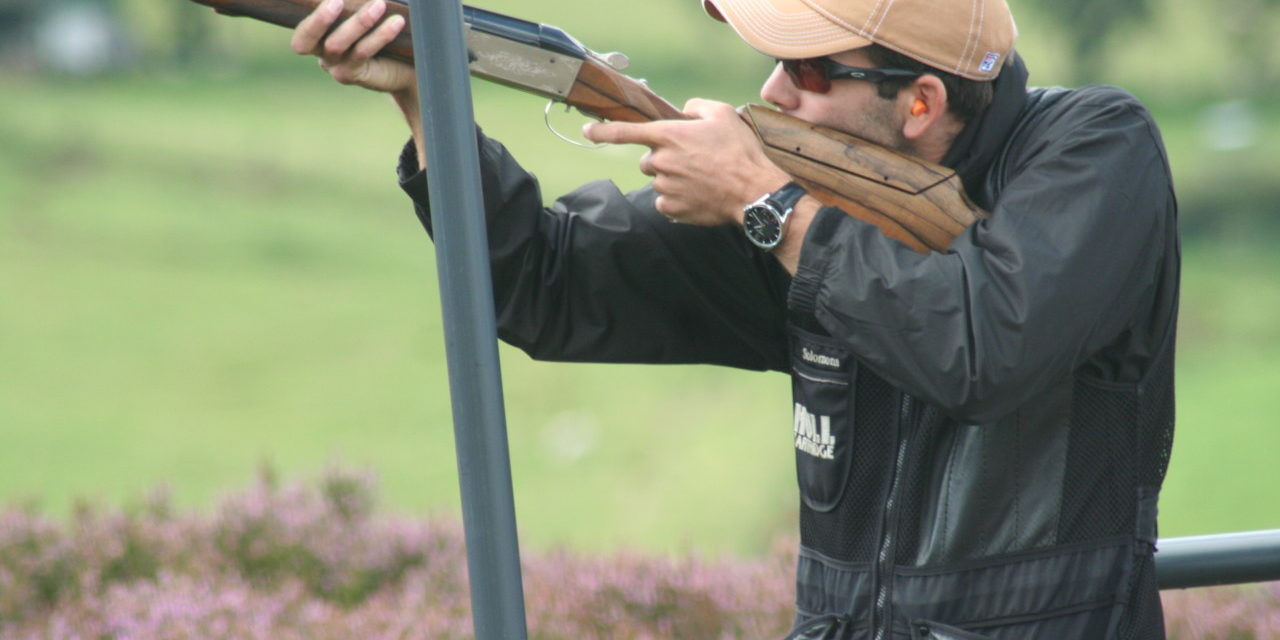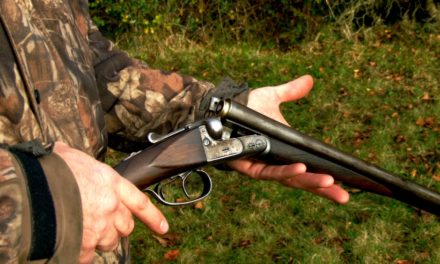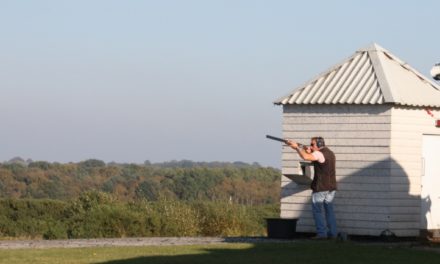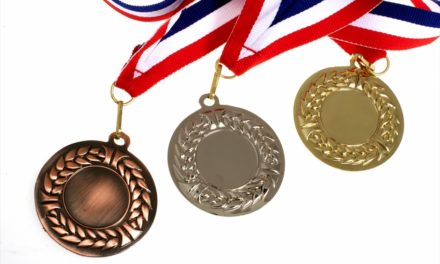As the competition season starts in earnest – we asked our resident Coach Ed Solomons for his thoughts on Course Management, the aspect of mental and physical conditioning that deals with how you handle yourself across the whole day of a competition.
Course Management
This topic is a huge one, and it is nearly impossible to cover it off in a single article. In fact, you could write a pretty hefty book on the subject and still miss bits out or fail to cover them off in sufficient detail.
What I hope to do here is give a general overview, and get a few people looking into the idea of course management a little more, as I am painfully aware of how many people just rock up and pull the trigger once a week and see how it pans out. This is fine if you are just getting the gun out for a ‘bit of a jolly’ or to get some fresh air, but if you are keen to improve your performances, this might help you fill a few more in on your card, or at least start to think about your current approach to the 100 reg on a Sunday.
Take what you need
As with anything in shooting like pre shot routine, method of putting lead onto a target or kill points, there will be bits that you will fancy trying, bits that you won’t, things that work and things that have no effect at all. Each person is different and for each individual it can be a case of trial and error, chopping things around and finding the bits that work for you.
Hopefully some of the suggestions below will give you a few ideas to try out.
Break down the course – and set your expectations
Firstly, I want you to think about where you are with your shooting, and the way in which you build your score up. You should be able to break the course down into easy, medium, and hard targets. I suspect that the bulk of the targets that you miss, and that you really kick yourself for missing, are from the first two types, correct? This is quite simply because there are that many more of them for you to miss!
Nowadays there are very few shoots that throw big targets, and even then it is probably only on one or two stands. Typically you could expect the target breakdown to be 25 easy, 65 medium and 10 hard birds. The good news is that these easy and medium targets are also the easiest birds to bulk up your score card.
Hitting the big stuff is great – I love shooting the huge stuff more than anyone else! But they are the icing on the cake; big shoot offs, the odd separator stand at the majors, or a bird that has been taken way out by the wind. You wont build a score with these. It is far better to do everything in your power to cut out the silly mistakes made through lack of (or no) preparation, and come off the hard stands with a respectable score. 9 times out of 10 you would win hg, let alone your class!
So, how can you go about making life easier for yourself?
It can start before you get to the ground. I am not going to get overly preachy on the nutrition front as I realise that this is something that most of you will avoid like the plague, so I’ll issue a brief “avoid big heavy/fatty meals before shooting” and leave it at that. You can eat all the heavy stuff you like after shooting if it makes you feel better, but you will have a better base to work from with porridge, eggs and fruit.
Hydration is much easier for people to keep on top of, and is even more important. It doesn’t take much for your body to become dehydrated, and when it does it is not a quick top up and go kind of a job; it takes time. Much better to prevent rather than cure. Hand to eye coordination, concentration and muscular control are all affected by dehydration, all of which are key components of good shooting performance.
Get your timing right.
You will start off on the back foot if you get up late, race to the ground to make your start time, forget your lucky pants, pick up the wrong bag and generally approach in chaos.
Plan on getting to the ground in enough time to book on, have a drink, get your kit sorted and gear up confortably and make your way to the chosen start point. If you just tear into the car park after bombing down the motorway at 100mph then you are unlikely to be starting from a good place mentally.
Make a plan
Once you get started on the round, the one thing that should be at the forefront of your mind is “what can I do to make this set of targets easier?”
There is always something you can do to make the stand/target/pair a little bit more killable. Look at the stand; can you move into one side or the other to see a target earlier/give yourself more room to kill it?
Just because the guy in front of you who straighted the stand shot the teal on the way up doesn’t mean that you have to; what does it look like on the drop? Will killing it later or earlier help your transition from one target to another? Is the first target much easier than the second? If so, make sure you have a back up plan of second barrelling it rather than risking the pair lost. Perfectly legal and avoids the dreaded call of pair lost which can punch holes not only in your card, but in your confidence.
Compete like practice, practice like Competition
I’m not going to spend too much time on pre-shot routine here as I’m sure it has been done death elsewhere; suffice to say that if you want to get serious and improve consistency then it is vital that you develop a routine that works for you and that you can stick to it easily.
It should not be something you only wheel out at the majors, as that defeats the whole point of having a routine. You should approach every competition the same as you approach every practice session.
It is important to standardize your shooting as much as possible, otherwise it is too easy for the rough week at work, moaning partner etc to creep into your head and effect your shooting for the worse. You cannot let outside influences into your head, otherwise your shooting could fall to bits. You need to get to the stage where you can use kitting up or loading the gun become a reset button for you, where you can clear your head and focus on the task at hand. This will be much easier if you have a solid routine to fall back on.
The waiting game
Many people don’t realise how much of a score is built in the 10ft behind the cage. There is no time limit, no pressure, no one watching, and you take as much time and effort as you need to plan exactly how you are going to crush the next 8 targets.
Feet, gun hold, visual pick up, kill point can all be ironed out and re run in your head so once you get settled in the cage there are no nasty surprises and you have a solid plan of attack.
It is also much easier to make adjustments to a previously unsuccessful shot if you know how you tackled the target and subsequently what went wrong.
In summary
None of this is ground breaking information, but it can be an easy way to stick kills on the card that most people wont bother with. It will seem like a lot of extra work at the beginning, but the more you do it, the faster the process becomes, until you realise it is happening every stand without you really thinking too hard about it.
Once again, if you put in the hard yards on the practice field or on your weekly registered shoots you will reap the rewards further down the line.
I’ve covered a lot of areas here, but hopefully a couple of the suggestions will help reduce the zeroes on your card and make the drive home on a Sunday a little bit easier!
Ed Solomons is available for individual coaching – details are on his dedicated ShootClay page – click here.





